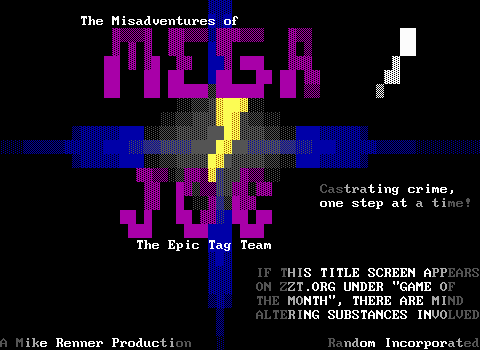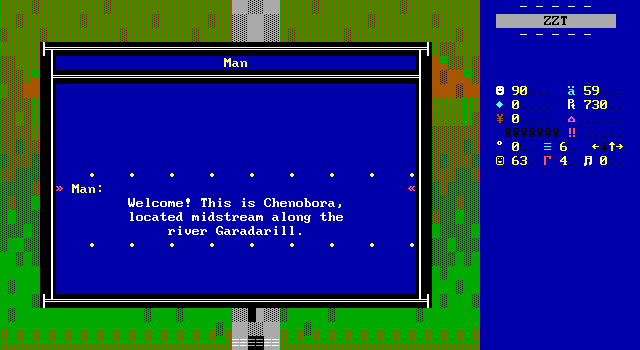
Chenobora is another example of names being tweaked here and there. The board titles make it clear that players are specifically in Chernobyl. A town with troubles of it own in the form of prince Larma having run off. Rumors around town are that he left for a woman after rejecting an arranged marriage.
This is confirmed at the castle that overlooks the homes and is the latest quest for the group. I'm not really sure why they're invested in this the moment they hear about it, as any connections with the prince and Mani are still unknown. Fortunately, the royals have realized that their son's wishes and safety are more important to them than the marriage, so when the party offers to help bring him home, they're not trying to force him to marry someone he doesn't love.
The island the prince was headed for is also where a powerful phoenix known as Garuda lives. This phoenix devoured Mani, who's revival requires apparently not his body, but the ring he was wearing. Some soldiers who were guards for other Katari sect members searching for the holimax have been unable to defeat the phoenix with many scattered around the area injured or dead.
It's easy to forget that Sadler's group aren't the only ones out there trying to get the holimax for the cavalry and Yuug. With the soldiers defeated, several members of the Katari sect are trapped in the forest, hiding from Garuda, giving Sadler another reason to help out.
At this point in the game, there were too many names and groups for me to mentally track, so I was really just going with the flow, doing what the game let me for the sake of moving it forward. Only when revisiting my screenshots can I really piece things together, and even then only with considerable effort.
Prince Larma is quickly found in a cave, having been one of the soldiers injured by Garuda. He wants to get up despite his injuries to rescue the woman he loves, Mireyu D'Payne who just so happens to be Yuug's brother. At least now helping the prince and convincing him to return home has a little more grounding.
This turns into a sequence that drags out a bit, maybe it's the lack of interesting combat, or perhaps it's just the constant back-and-forth. Either way, the process is drawn out, resulting in a bunch of find the item that acts as a key to remove the item that acts as a door. A wounded Katari member requires Mani's diary in order to cast a spell to remove a magical barrier the phoenix erected. This means turning back through the dungeon and returning to the cave with prince Larma to grab it, then heading back to the same spot to deliver it.
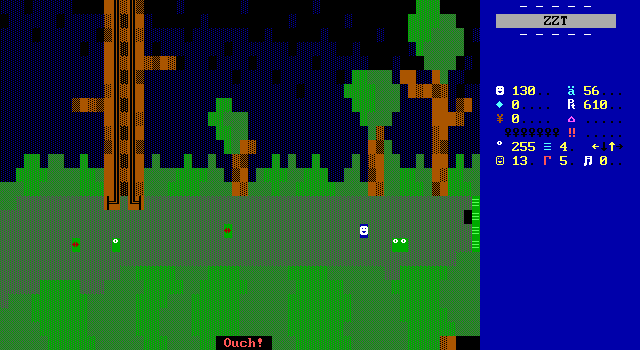
In ZZT, this is probably the easiest way to drag a game down. For those playing one of the other versions of the game, these levels are doubtlessly going to repopulate themselves whenever you leave at the very least. This means there's always dangers to overcome, and risk that Sadler might not be able to survive. In ZZT, it is incredibly rare to repopulate enemies as the only way to copy things is with duplicators which are noisy and ever-running. You don't want monsters to keep flooding in on the player's first pass, and the process is too slow to wait until some enemies are defeated before unblocking a duplicator to allow the room to repopulate.
ZZT can do action, even impressive action with some effort, but it cannot do repeatable action the way the XZR does on the Genesis. If there's a point to get bored of the game, it's definitely here.

When you get to the phoenix Garuda, they come off more as some sort of roast turkey. It's very underwhelming. The game's bosses have already been incredibly basic attempts, but this one really struggles to feel imposing. The fight is a joke visually, and in terms of actual combat no better. The requirement that the one moving object has to maintain a reasonable connection with the body means that the moving head can only bob up and down. To compensate, magical attacks have no effect, requiring players fight up close.
Holding down the fire button and constantly dealing damage without the boss getting to act is bad enough already. Here, you just hold down an arrow key and win, maybe taking damage once or twice getting into position.
Defeating the phoenix rewards players with the ring of Mani, which could have been an opportunity for Ryo to get nasty about it, which he thankfully decided against. Also Mireyu gets rescued.
Back in the cave, the rest of the group tells the two lovebirds to head back home and get married, and to let them handle the resurrection of Mani.
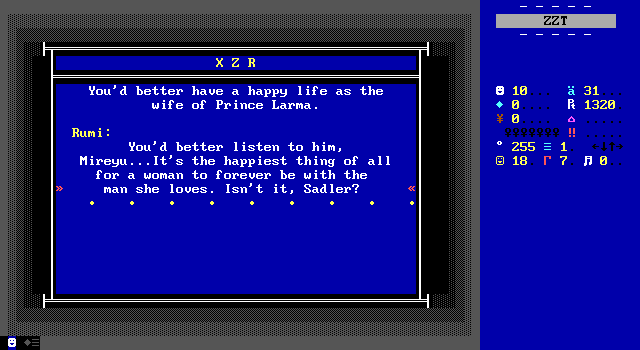

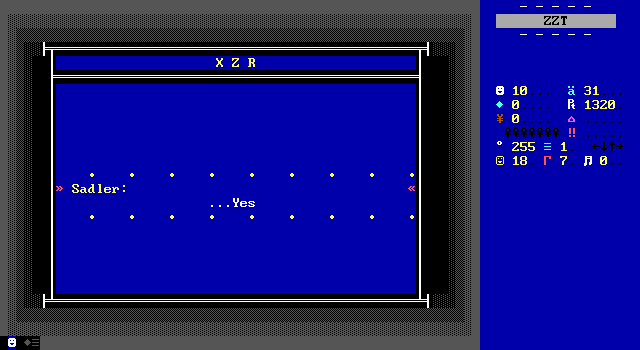
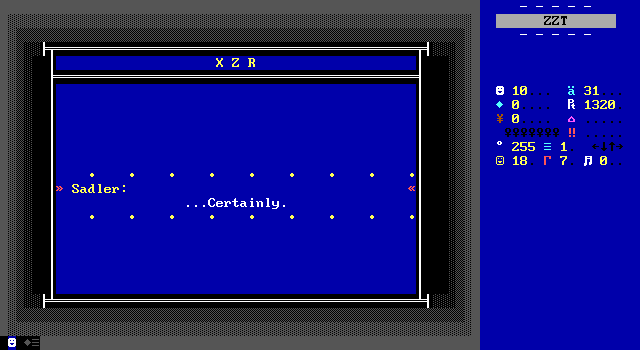
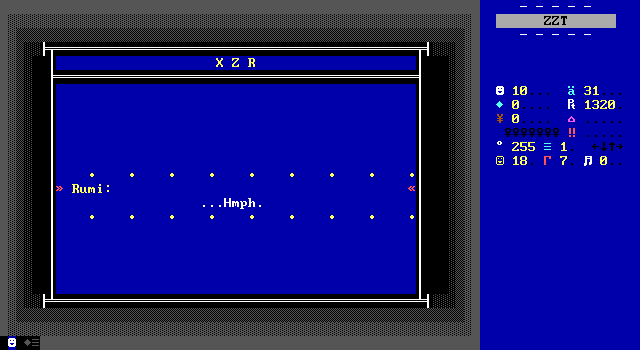
This one moment where Rumi name-drops Sadler as she talks about the importance of love is the game's closest thing to a romance between them. It's completely fine for them to not be a thing, but the background info did specifically describe her as a love interest. The greatest love story ever told this ain't.
The ritual is performed, in a manner both authentic to the original and boring for ZZT. It's just a cinematic with pop-up text providing some simple description of what the characters do, laying the body down, chanting some words, pouring some blood. This would be a lot of fun if it was interactive. It's a great opportunity for some animations or graphical effects, but Ryo keeps it dead simple, with nothing changing save for one person moving around a bit to hand people things.
Perhaps it's fitting that it doesn't work then! Mani's diary is missing a page, and with it, some critical instructions on the ritual. It's time for another trip to another town to find a different book that details the ceremony.
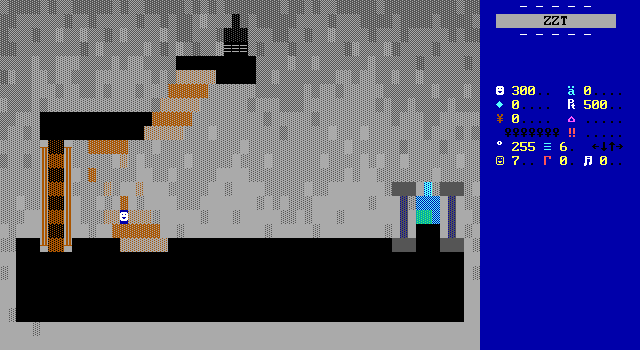
You can tell Ryo isn't feeling it here. This is supposed to be the game's next level, but there's no dungeon to conquer here. Sadler goes inside the tower, climbs up a single flight of stairs, grabs the book, and leaves. Also the tower entrance collapses isolating Sadler from the rest of the party. He needs somebody to translate the book though, so back in Chernobyl a rescue mission gets underway while Sadler returns to Mani's statue to try the ritual one more time.

This time, it works. Turns out Mani was just built different. No really. His organs are on the opposite side of everyone else's, making the error in how the body was laid out for resurrection.
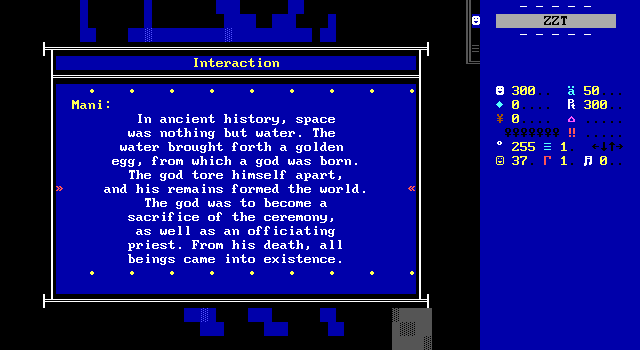
In contrast to the Chernobyl section, this is a nice turn-around for the game. Mani's figure as he maintains form momentarily is an incredible sight, and his words mysterious. This is the kind of stuff that makes the player want to keep going to see what will happen next. It goes on for a bit, describing the world as a sacrificial ceremony and telling Sadler to turn it into a "ceremonial stage", much to his confusion. Fortunately not all the information is so cryptic. To find the ceremony Sadler must travel east to the mythical nation of "Japan".
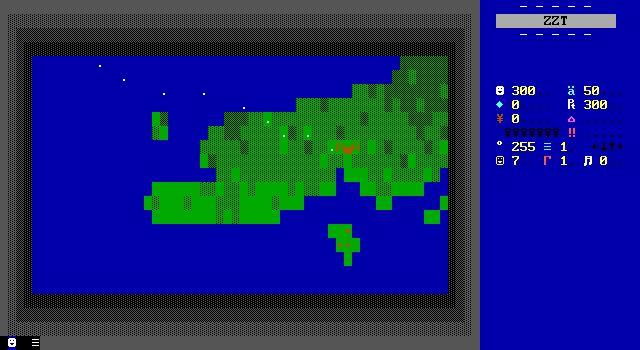
And travel he does. Alone. I sure hope those folks stuck in the tower are doing alright.
There's little more to report beyond this point. Sadler arrives in a town, finds out a person who would know about the Holimax named Ninkan, who has been imprisoned for his religious beliefs (more on that later), and goes to bust him out. This is even easier to accomplish than finding the other book in the tower. There's not even an attempt of a level here, just Sadler talking through the bars to the man he wants to speak with, then going to another building and grabbing the key without even going inside. The key isn't enough, but there's a fellow prisoner with a "mandril" that can be borrowed to pry open the door instead.
Are we talking mandrel or mandrill here? Somehow, I do not think it's actually a baboon. At least this game is teaching me new words, even if it uses a more esoteric spelling.
It's one extra step, but it's still entirely without conflict. All of this is done in plain sight of the guards who make no efforts to stop you. This is no different than the original game at least. The long play even has an amusing moment where Sadler speaks to one of the guards while Ninkan is in the party which results in dialog about how he looks just like the prisoner that recently escaped. Sadly Ryo didn't include it here.

With Ninkan ready to help, the two head to mount Koya where-

Oh.
Okay well I guess that's it then.
The game stopping abruptly is definitely a shame. Three files long and it can't even stop on a nice cliffhanger. Ryo just lets the player wander around the snowy Mount Koya a bit with an option to spoil how the game is supposed to end.
Its creation is described as "goddamned draining", which given the accuracy of the text doesn't surprise me in the least to hear. This is a game that could have been condensed considerably by just shrinking towns down to fit on a single board. Instead, Ryo significantly increased the number of boards to design. Lucky for him this was made in the era of the external editor (you can even spot the ZZTAE watermark in the file viewer's world tab), so the process wasn't as bad as it would have been only a few years prior.
The effort in preserving the story is on to applaud. The action though, where compromise put Ryo in full control, is basically the minimum viable product, and I suspect he knew as much. All the components of Exile are good enough to create an enjoyable experience for players, but only for so long. I enjoyed seeing how the story developed, yet by the third file I was counting down the boards until it had to conclude.
Going by the long play, Ryo was barely halfway through the conversion when he called it quits. I cannot imagine getting through another three files of this and anyone claiming it was a fun way to pass the time.
Was there another way where Exile could have been released in complete form? Perhaps releasing each file as a standalone chapter, could have kept players interested for longer, but even then there's nothing new to introduce gameplay-wise in a later chapter. France plays like Russia plays like Japan. The fatigue seems inevitable in the 2000s when players had so many other options, whether that be in ZZT or otherwise for games to play.
Other ZZT conversions of video games like Nadir's Dizzy series, had a few aces up their sleeve to avoid the same fate. Each entry there was a self-contained adventure, allowing anybody to jump in whenever, with no obligation to play through all three to get a full story. And, to be frank, Nadir was better at making ZZT games in this era. They were some great looking games that played well. Ryo has neither the graphical ability nor the engaging gameplay to make the experience memorable.
The Best Laid Plans
Flaws as the execution may have been, Ryo's conversion of the game is about as faithful as ZZT can handle. A big help in this is that the non-combat sequences of the original game are hardly different to ZZT. Much of both games consists of wandering around various towns around the world, talking with NPCs, and picking up valuable information on people and items that need to be found in order to accomplish your next goal.
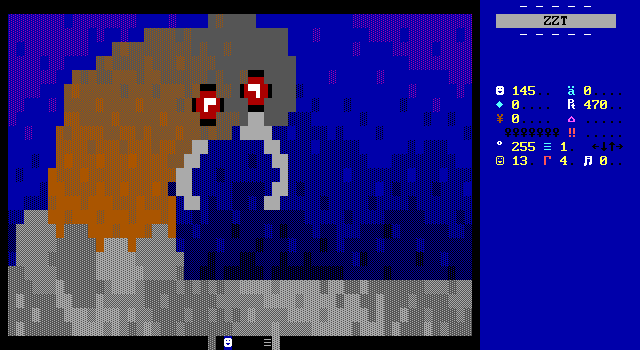
This conversion is definitely a labor of love. Watching the long play of the game I was surprised at how often dialog was word for word accurate to my screenshots. I suppose being a ZZT world released in 2003, Ryo had the luxury of being about to emulate the Genesis version while working on the game. For those who have played the original, I think you'll be pleasantly surprised at Ryo's depictions of the setting which while not the fanciest even by ZZT standards, still capture the look and feel of the original.
I didn't actually look at any footage of the game up until after completing it, and thus made the incorrect assumption that the original was going to be a more traditional RPG with turn-based combat and random encounters. It followed that a ZZT adaptation wouldn't be able to pull this off due to the challenges in creating reusable RPG engines. While what's here surely doesn't compare to the original's gameplay, it gets the job done early on. By the end though, anything that wasn't being presented in pop-up window form couldn't be over soon enough.
Still, what else was Ryo to do when adapting the various action stages of Exile? A side-scroller with melee combat simply won't work here. Shifting them to ZZT's more overhead perspective is definitely the right call compared to the quality of ZZT platformers released prior. It makes the game a lot more approachable, avoiding headaches from when and if players are allowed to save, as well as how generally unpleasant side-view combat is in any ZZT game that dared try.
Not to mention the game does suffer from its share of programming issues that will be explored soon enough. I'll take the jankier action sequences over a likely broken RPG engine any day. My faith in Ryo's releases after this has only managed to go down.
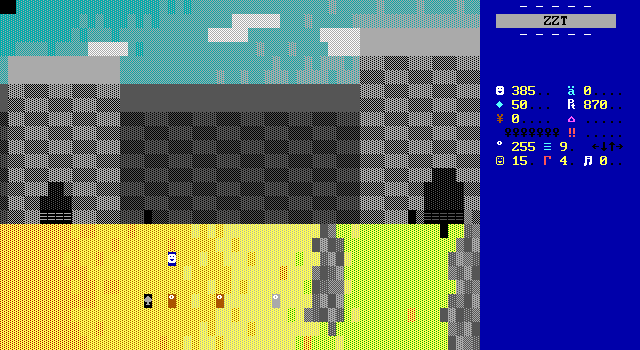
Ryo's game likely served as a way to introduce ZZTers to the series in a format they were more likely to play. You can get ZZTers to play ZZT games, but early 90s action RPGs that are in turn remakes of late 80s PC-98 games are probably a tougher sell. Then again, both Exile and ZZT are from early 1991 so maybe the age of the game wouldn't have been considered a valid reason to not follow up on this cool game Ryo wanted to share with others.
Would anybody have gone from playing Exile for ZZT to playing Exile for the Genesis (or other machines)? It's not impossible I suppose. I'm less confident they'd stick around if this kind of game wasn't somebody's particular cup of tea. Having gotten to see a good amount of the story could perhaps motivate somebody to see it through. At the same time, having to repeat the entire story as presented in ZZT form to get to the remaining material of the Genesis release might be more likely to frighten people off.
This is ironic given that ZZT adapatations are more often than not very heavily compromised. I was expecting the actual game to be much more involved, but Ryo's take really isn't all that far off. Its text is authentic to the point where players would have a long way to go before finding anything they haven't already seen in ZZT, with the only saving grace being the graphical fidelity.
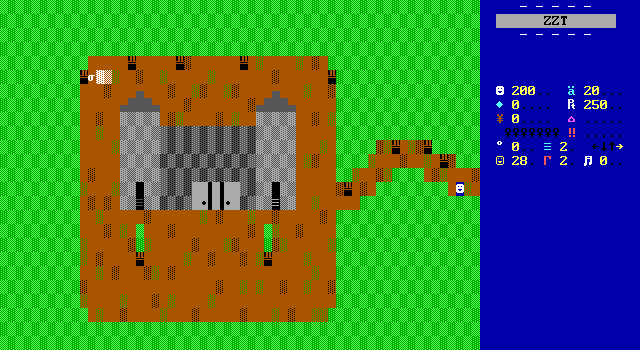
Not to mention, two things about the Genesis version struck me as not being very appealing. The combat that ZZT lacks, still doesn't look all that fun. It seems to be a lot of walking forward and swinging your sword when an enemy shows up, defeating it instantly. Maybe that's just the long player being skilled, but this seems to apply to the bosses as well. Perhaps we can chalk up their lack of challenge to authenticity as well?
Ryo also shoots himself in the foot by actually offering to tell players what happens in the rest of the game for those that made it to the end. I'm opting to not bother including it because it gives readers no benefit to know, but Ryo's summary is very short and quickly reveals some major spoilers. Players get their answer to the then forgotten question of Yuug's loyalties, and what the magical macguffin of the Holimax actually does once it's been found.
The other issue for the Genesis rendition, which would make me prefer a complete ZZT release over it, is the particularly nasty sounding noise that plays for every letter of text displayed. The sound effects in general are very early Genesis and can be pretty harsh. The music is pretty solid though. That sound is legit enough that I don't have any plans to load up a rom for myself and see if the combat is better than it looks.
The original is certainly interesting enough that I can get how somebody who grew up with the game could have been captivated by it. The story it tells is lot heavier than the games of the 8-bit and 16-bit era I was raised on. A younger player could absolutely become enraptured with this weird world and the strange quests Sadler undertakes, and while the combat looks simple, that's a complaint that likely comes with the game's age more than anything else. At the time, I imagine it was perfectly acceptable action framed around a rather unique story. That's a recipe for a good game, if not a great one. Exactly the kind of game that you'd make a ZZT port of in hopes of expanding its audience.
Rough Edges
The worst discovery of the game for me was how low-quality many aspects ending up being. The game is mediocre at best, save for its story, but it stumbles repeatedly. Throughout the game I ran into a number of issues ranging from small nitpicks to problems that required SolidHUD's extended cheats to handle in a timely manner. Given the sheer number of worlds on the Museum that were created by Ryo, I expected the game to function without issue. For something released in 2003, it's surprising how many issues made it into this release, even if it's not technically "complete".
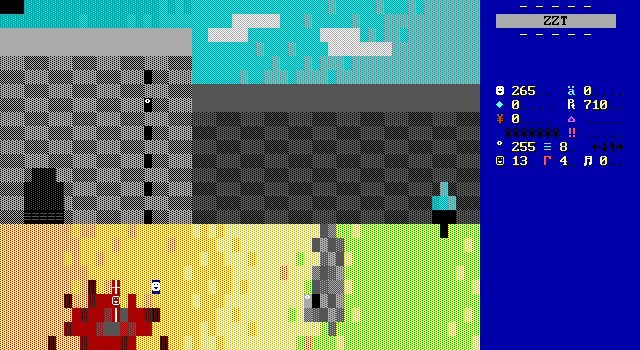
Sometimes the issues are little more than oversights, basic mistakes anybody could have made while editing the game that would have become apparent during play testing. The dungeons have a bad habit of using breakable walls and water in such a way that bullets can really chew up the scenery. A brick building gets an unsightly column of empties as enemy bullets from an object trying to shoot towards the player end up breaking things and crossing over water to the next breakable brick.
This is the kind of thing that either needs to be designed around graphically, or by patching the outer layer with objects at the cost of a few extra statted elements. XZR is a simple enough game that whether objects on a given board are decorative or fully coded, there's plenty of stats to spare to keep things looking pristine.
But it's hard to chastise too much for that sort of mistake. Plenty of games before and after have done the same. The boards may get a little worse for the wear, yet the core gameplay remains the same.
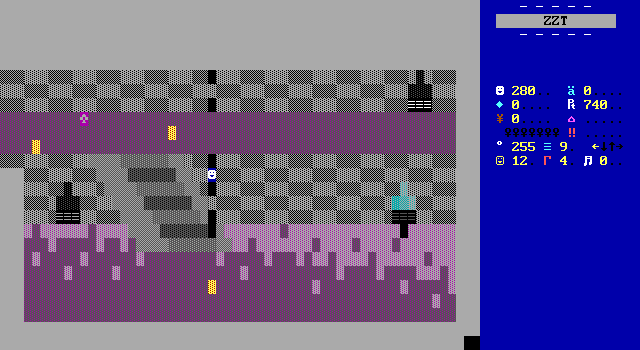
Shortly afterwards though, Ryo manages to make the same mistake in a slightly more severe matter. The interior of this fortress constructs its walls with breakable and fake walls. Again, it doesn't allow players to go anywhere they weren't supposed to. Yet it's much harder to look past the idea that players can shoot new paths into existence that they themselves can travel on.
Little things like this show up throughout the game. Even the more innovative features Ryo brings aren't immune to oddities. While the game's monster manual feature is implemented on every non-boss board with enemies to fight, the same coverage can't be found with the tonic system.
To be fair, the object necessary to increase your health on command is present on any board with enemies to fight, including the boss battles, but that's kind of the bare minimum here. At any point players can suddenly remember the cannabis in their pocket and bump up their health. This is the kind of object that really needs to be on every board save for perhaps the cinematic sequences.
Instead, it's very much possible to try to drink a tonic, be unable to, and just kind of shrug until you reach a board where something acknowledges the flag and brings up the menu then. This can be rather annoying in treasure rooms where the limit of one of each item means players will absolutely want to consume what they have rather than leave some goodies behind.
That the same can be said even on the boards in towns with an apothecary is nothing short of baffling. This is the game's primary method of healing outside of combat, the only use in the game for money as the equipment system isn't brought over, and yet you are discouraged from actually making use of your purchases. It might not be so bad if these shops asked if your purchase was for here or to go, but the way it's actually implemented leaves a lot to be desired.
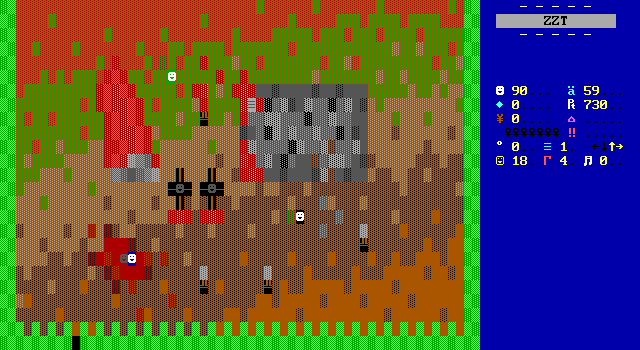
Farther on in the game, in the burned down village of Albee, one of the most peculiar issues I've ever seen shows up. The board has an exit to the north that simply shouldn't be there. While it certainly looks like there could be an additional board for the village, no such board exists, nor does one need to. However, the opening is enticing enough for players to try to leave, and SolidHUD's visible exits made it explicit to me that I could.
Actually crossing the boundary takes players back to the previous town of Gunoble where the old man is once again blocking the path to Albee. Any player than makes the mistake of saving and not realizing the board is a repeated runs the risk of having to go through the cathedral again, adding a hefty detour to their travels.
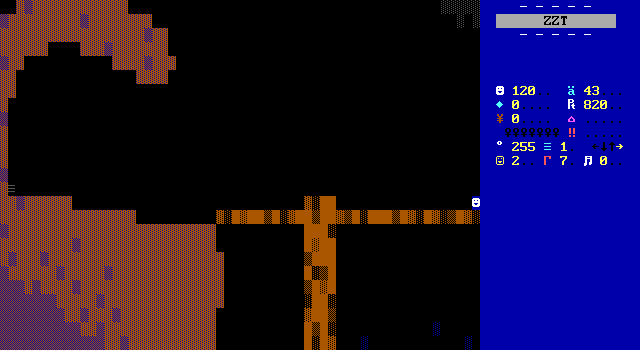
That's not the worst board linking error though. The top of the tree that leads to Garuda's cave is misaligned which brings the game to a total halt without cheats. Surprisingly, this goes completely unmentioned in the MadTom's Pick review for the game. These days, this kind of mistake can be worked around in-game with any fork of ZZT that adds in a board changing cheat, which is roughly all of them. Back at the time of release though, continuing your adventure at this point meant renaming saves to a .ZZT extension, fixing the connection, and renaming them back. A significant pain that this far into the least interesting level of the game would probably be where most folks call it quits.
My screenshots have a few cheat prompt notes of other bad passages where a wide door with several passages to enter don't have everything set to the correct exit. The times this happened, at least one passage was set correctly and the others lead to the same board I was already on so no progress was lost. It really makes it annoying to not even be confident you can go through a door without needing to stop and save first.

Also there's this, which I completely forgot about.
In short, the game is a mess. If this was published as a project dump for an unfinished game, all could be forgiven. Digging back through z2's news archive a post from Feb. 3rd (the day after the world was last saved) has Ryo publishing it himself, with neither fanfare nor a heads up for downloaders. Nothing in the game hints that the journey's end won't be covered, and while it became clear that I wasn't going to be finding the Holimax here, I was under the impression that I was playing a finished release that had been properly tested.
Historical Figure It Out
One aspect of the game that completely went over my head when playing, is the number of characters that reference various historical figures. The names are generally changed at least somewhat, and even if they hadn't been, none of them are names I'm personally familiar with, but if anybody playing these games did recognize them, I imagine it probably had an effect on how the game was perceived.
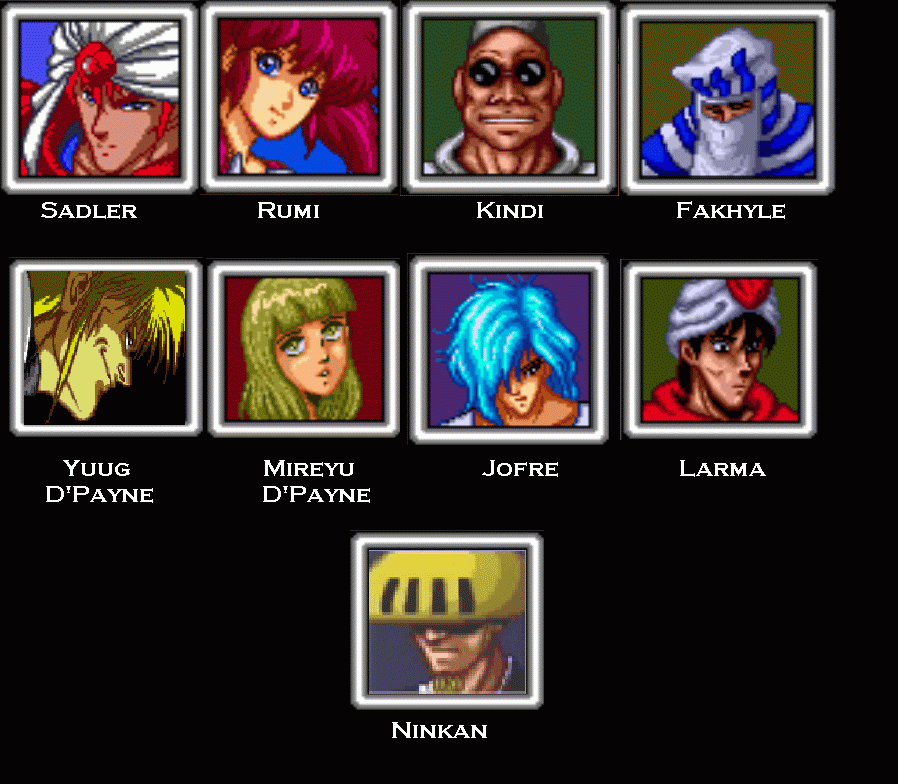
Rather conveniently, Ryo included this image in the upload showing the various characters in 16-bit form.
The big one to me being learning of the real Ninkan, whose branch of Buddhism gained a reputation as a "sex cult". I'm literally learning all this just now, and the brief Wikipedia is quick to point out that the claims of what the group was all about that survived history were basically all written up by the group's enemies. Anyway I am incredibly unqualified to analyze historical Buddhist branches on my ZZT web site, but hey, if you recognized that game going in, I bet it got your attention.
Yuug D'Payne himself is supposed to be Hugues de Payens, a co-founder of the Knights Templar.
Prince Larma? Prince Rama from the epic Ramayana.
You get the idea. Also Pythagoras is in the complete game. As in the a² + b² = c² guy.
None of this matters in the context of the ZZT game, and I'm not so sure it matters in the original either, so if you want the extra reading be sure to check out the character bios on Hardcore Gaming 101. Not a single one of them was recognized by me.
Final Thoughts
Ehhhhhhh this one's got problems.
It starts off pretty strong. The introduction sounds dark and serious while establishing Sadler as as a bad ass. The perfect protagonist and setting for teenage boys to aspire to. It's got a story that feels radically different from your typical "go out and save the world please". Sadler isn't the chosen one, some punk kid, or trained from birth to rescue humanity. He's a guy who wants everyone to be left alone.
The early story swerves quite a bit, from the initial threat being dead when you find him, to the characters acknowledging themselves that they are taking a risk by trusting Yuug. You can tell right away why somebody would have become attached to this game, and wanted to bring it over to ZZT for more people to discover. The NPC dialog is different enough from expectations that it's a lot of fun throughout the game to try and knock on any door you come across. It's got some good moments like getting to observe from afar a prisoner being tortured by the crusaders. More amusingly, there's a man in Chernobyl that offers training that hits Sadler for not meditating properly, who then promises to stop if he doesn't leave.
But all the praise I could give to the game is instances where Ryo's main role was text entry. These aren't his characters and this isn't his storyline. He definitely had to do a lot of work to make this game, but it doesn't feel like it's his game in the way that most ZZT fan games are original entries with familiar characters. This is a port that has little reason to be played today.
The combat is tolerable at first, until you realize that Ryo is never going to try to improve on it, and that's where the biggest problem lies. Everything feels very much the same, and not just the combat. After the initial meeting with Yuug, players pretty much just tread water on their quest. Sadler goes to France, only to be told to go to Russia. Sadler goes to Russia, only to be told to go to Japan. Sadler goes to Japan, only for the game to end. When the game concluded, I really felt no closer to finding the Holimax than I was at the very beginning. The game turns into a chore where the greater story goes nowhere, and the little stories throughout the adventure, while they paint Sadler as someone who wants to help others, don't amount to much for the cast beyond a "thank you".
This would be a straightforward case of a game that runs too long were it not for the numerous bugs and issues found throughout. Broken board connections and missing engine objects turn the game into a chore. The hints at something of note happening in the story such as Mani's words when revived push the player forward. The gameplay brings everything to a standstill, and then the bugs drag the player under. You have to fight the game just to be able to play a few bland action stages. Had this been an original work set in the XZR world, perhaps Ryo could have created something novel enough story-wise that players could appreciate the game on its own terms. Instead, I feel like the story is the only aspect that leaves a lasting positive impression, but you can get that from any official release of the game, leaving Ryo's port as an example of how recreating something in ZZT requires more thought than striving for accuracy. It's faithful, but so are the Klispin crusaders.

